

Josh Nevett
2025 Mini Countryman Electric review
23 Days Ago
Its razor-edged body work won't be for everyone, but look beyond that and you'll find an exceptionally good package that ticks almost all the right boxes.
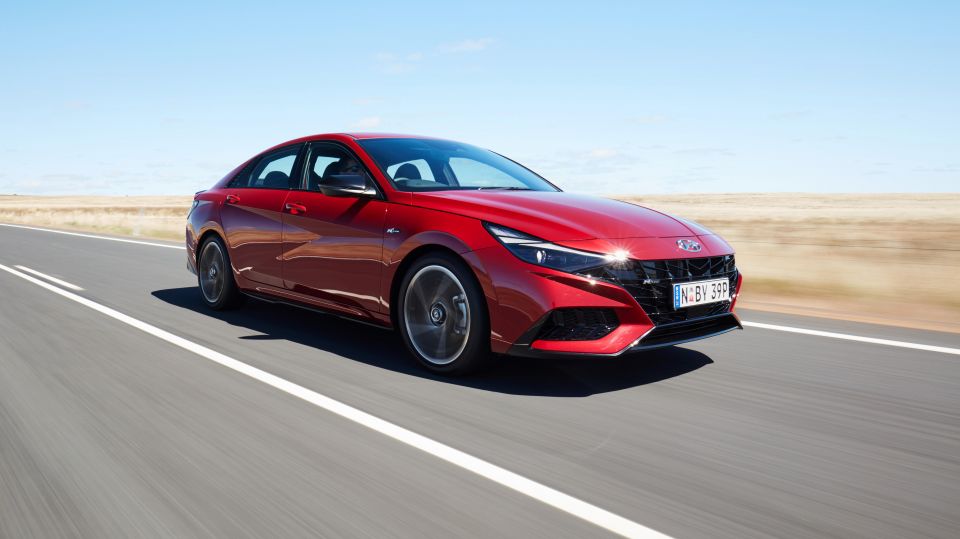
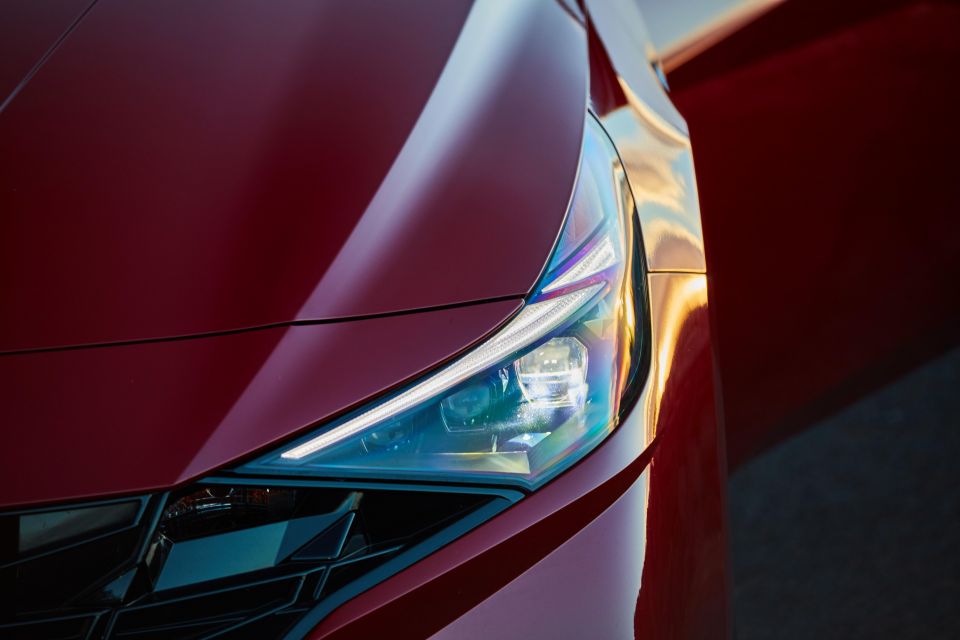

Senior Road Tester
New from
$20,440
excl. on-roads

Senior Road Tester
New from
$20,440
excl. on-roads


Senior Road Tester
New from
$20,440
excl. on-roads

Senior Road Tester
New from
$20,440
excl. on-roads
Quickly see how this car stacks up against its competition. Select any benchmark to see more details.
CarExpert helps new car buyers save thousands with expert reviews, honest advice, and transparent pricing – no dealer pressure and no sales games.
Annual sedan sales in Australia have dropped from more than 233,000 in 2011 to just over 62,000 in 2020… but Hyundai reckon cars like its new i30 Sedan N Line – with its cutting-edge design and a bit more poke than your average daily – might be enough to entice private buyers away from an SUV.
The figures surely say otherwise, but the N Line is a unique proposition that ticks plenty of the right boxes covering design, performance, features, and space. Hyundai might be onto something despite the lack of supporting data.
It’s an edgy design that probably won’t go down well with conservative types, but for the TikTok crowd it could be a winner. It’s bound to grab your attention regardless of the generational divide.
Hyundai has been careful to differentiate between the standard i30 Sedan and the decidedly sportier N Line version, which is why you won’t see a chrome highlight on the car, save for the twin tailpipes.
Everything else is blacked out, from the grille, window frames and side skirt, to the rear diffuser. And, it’s all the better for it.
I’m a big fan of the continuous LED light beam at the rear, it reminds me of a Porsche. Although there are plenty of creases and angles back there it just works. Not quite sure how it will date, though.

Hyundai offers two grades in the N Line range, kicking off with the standard N Line equipped with a six-speed manual transmission from $30,290 before on-road costs, or with a seven-speed dual-clutch automatic (DCT) priced from $32,290 before on-roads.
The top-spec N Line Premium is priced at $37,290 before on-roads and available exclusively with the seven-speed DCT. All N Line variants are powered by Hyundai’s 1.6-litre four-cylinder turbo petrol engine with direct injection.
The N Linewith manual transmission is $500 less expensive than the i30 Sedan Elite, which gets more equipment but a less overtly sporty focus.
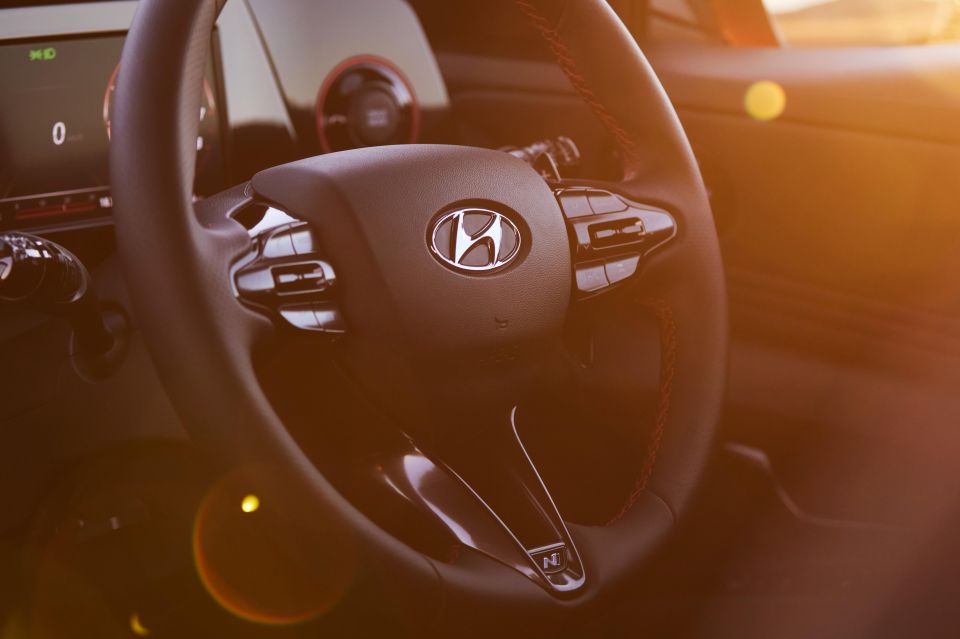
You can also reduce the entry price into N Line ownership by opting for the i30 Hatch N Line from just $29,490 list for the manual, or $31,420 list for the auto. The same is true of the range-topping N Line Premium hatch from $36,220 – $1070 less than the equivalent sedan.
The closest competitor to the N Line is the Kia Cerato GT, which uses the same drivetrain making the same performance outputs as its Hyundai cousins. It’s yours for $33,490 before on-roads, or $35,490 drive-away.
Rivals are scarce, with both the Mazda 3 and Toyota Corolla unable to properly compete with less powerful versions of their respective sedan models.
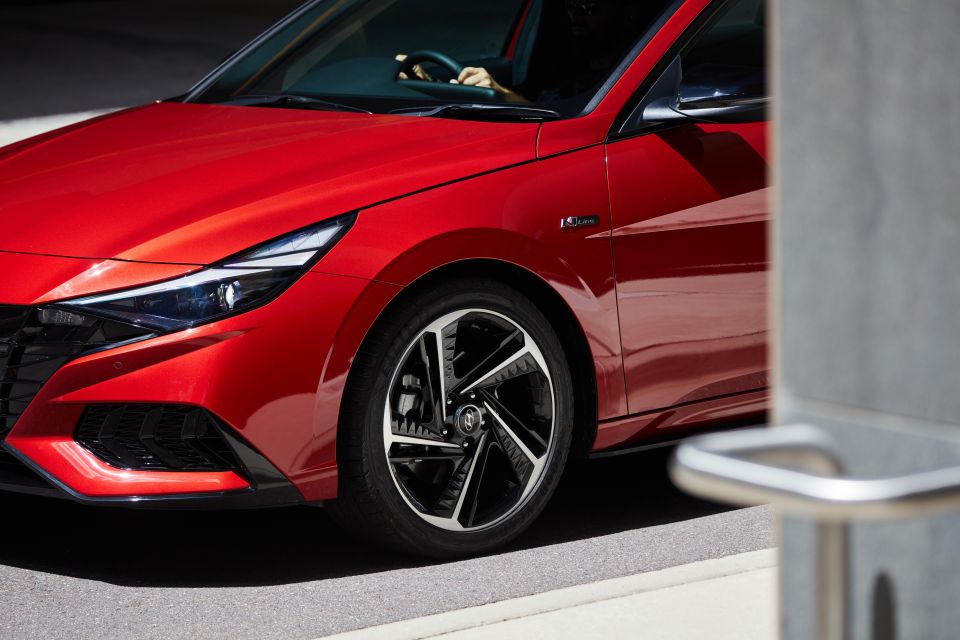
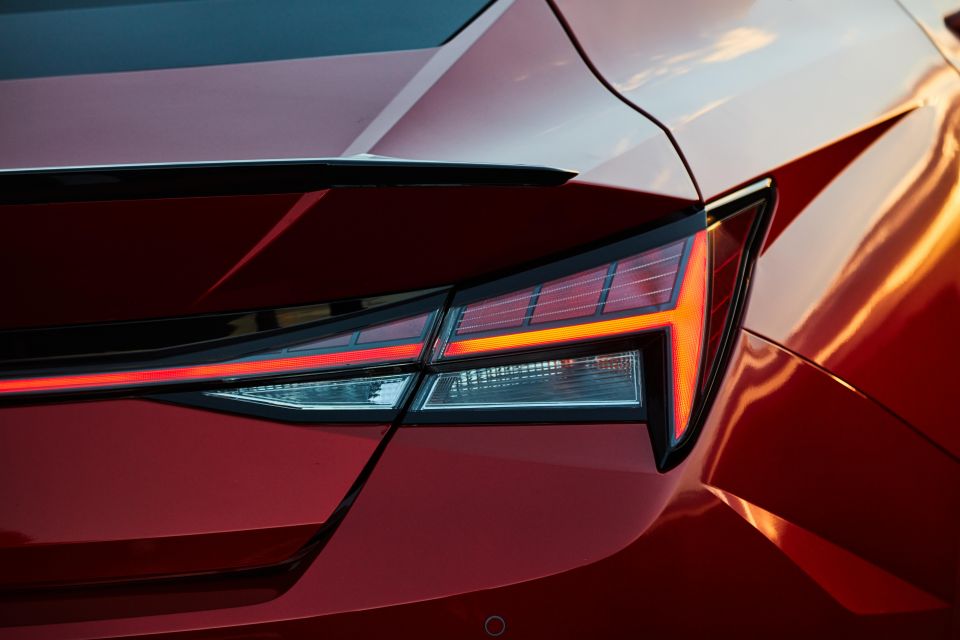
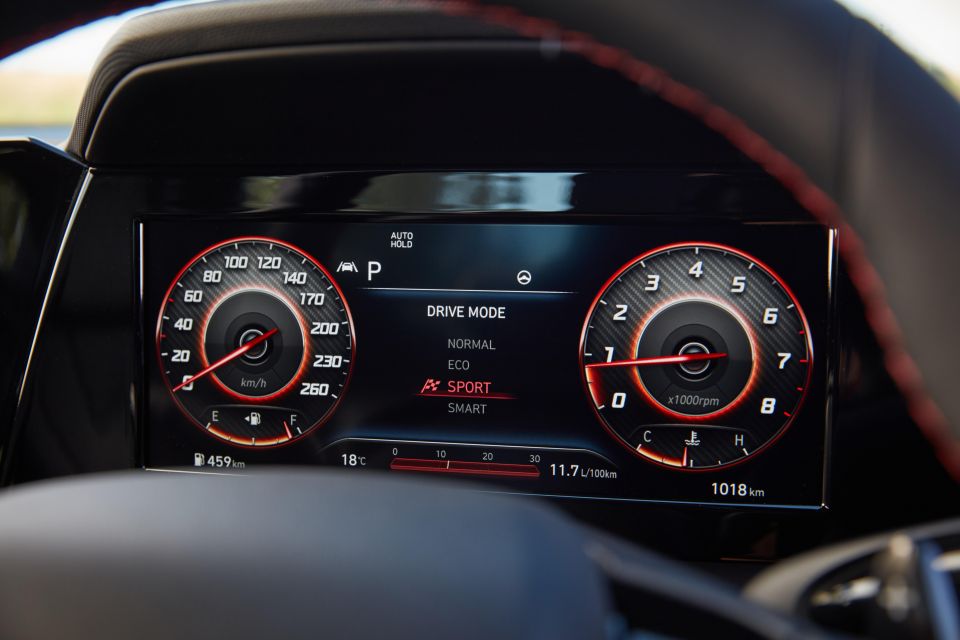

Apart from the extra poke under the bonnet, the N Line is equipped with keyless entry and start, remote start via the key fob, sports seats with leather bolsters, a leather-wrapped N steering wheel, LED headlights, and a continuous LED light bar joining the rear LED light clusters.
Additionally, the N Line boasts machine-finished 18-inch alloy wheels, an 8.0-inch touchscreen with Apple CarPlay and Android Auto, a reversing camera, rear parking sensors, adaptive cruise with stop/go, and wireless phone charging.
Our tester was the range-topping i30 Sedan N Line Premium, which also has a 10.25-inch infotainment screen coupled with a 10.25-inch digital instrument cluster, an eight-speaker Bose sound system, dual-zone climate control, a powered boot lid, ambient lighting, and power-folding door mirrors.
Additionally, there’s a 10-way powered driver’s seat, heated and ventilated front seats, a sunroof, front parking sensors, and an auto-dimming rear-view mirror.
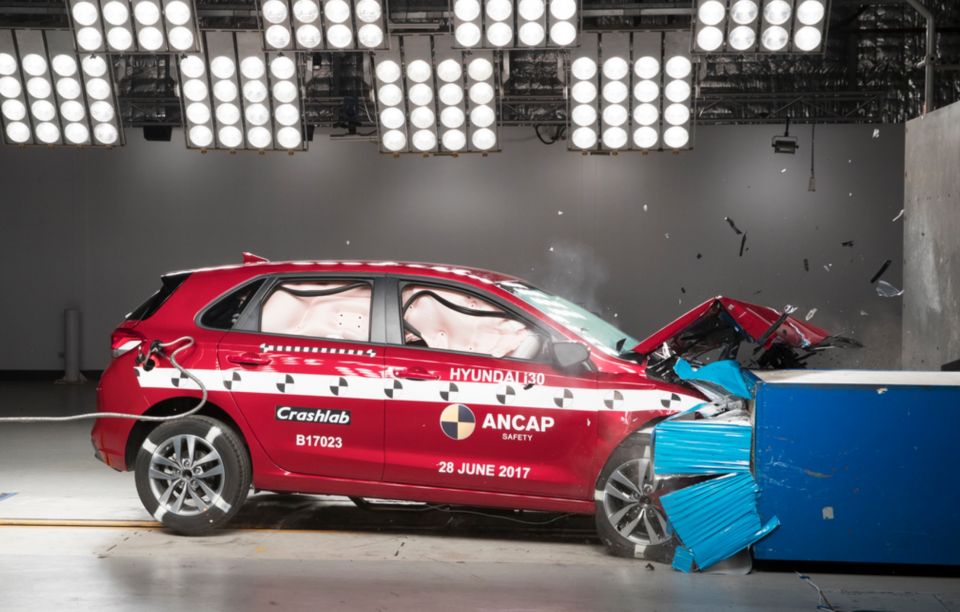
While the i30 Hatch scores a five-star safety rating from 2017 onwards, the newer sedan is yet to be crash tested by ANCAP.
Nevertheless, all 2021 Hyundai i30 Sedans (including N Line variants) come with autonomous emergency braking with forward-collision warning and pedestrian/cyclist protection, as well as a junction assist function that detects oncoming traffic.
Also standard are lane-keeping assist, lane-following assist, rear occupant alert and driver attention monitoring, while N Line versions gain blind-spot monitoring, rear cross-traffic assist, and safe exit alert.
Rear parking collision avoidance assist is also part of the safety inventory for N Line Premium.
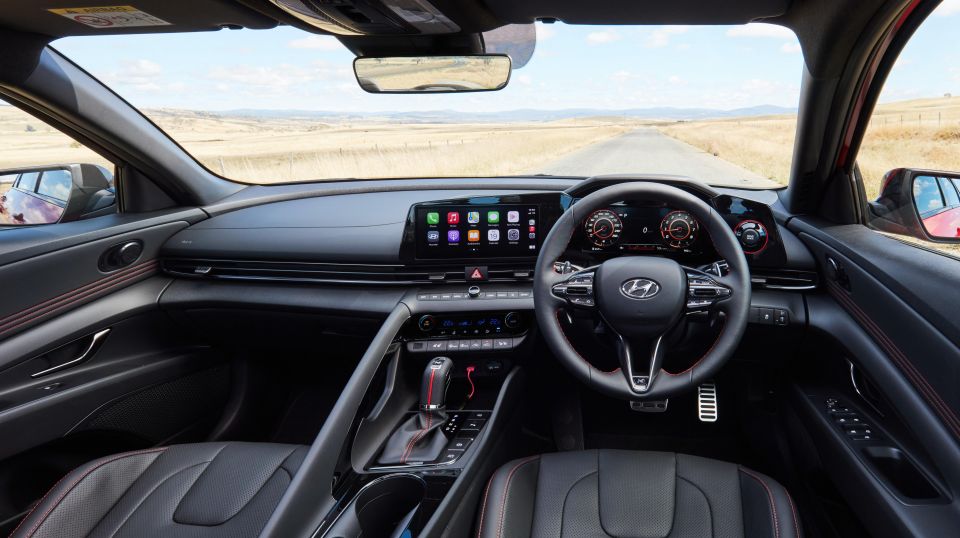
If you’re a fan of the exterior, you’re going to love the N Line’s cabin, especially that of the Premium. It’s difficult to think of a more enticing cabin than what’s offered here in the same category.
The big-ticket items exclusive to the N Line are the heavily-bolstered sports seats. The level of support is likely class-leading. Even the leather itself is of the softer variety, and there’s plenty of under-thigh support.
Moreover, they’re exceptionally comfortable on longer drives – as tested on a return trip from Sydney to Bathurst.
It’s a similar story with the sports steering wheel. There has simply never been a thicker-rimmed wheel in the history of the brand. It has an uncanny resemblance to a proper M steering wheel from BMW and it even feels the same.
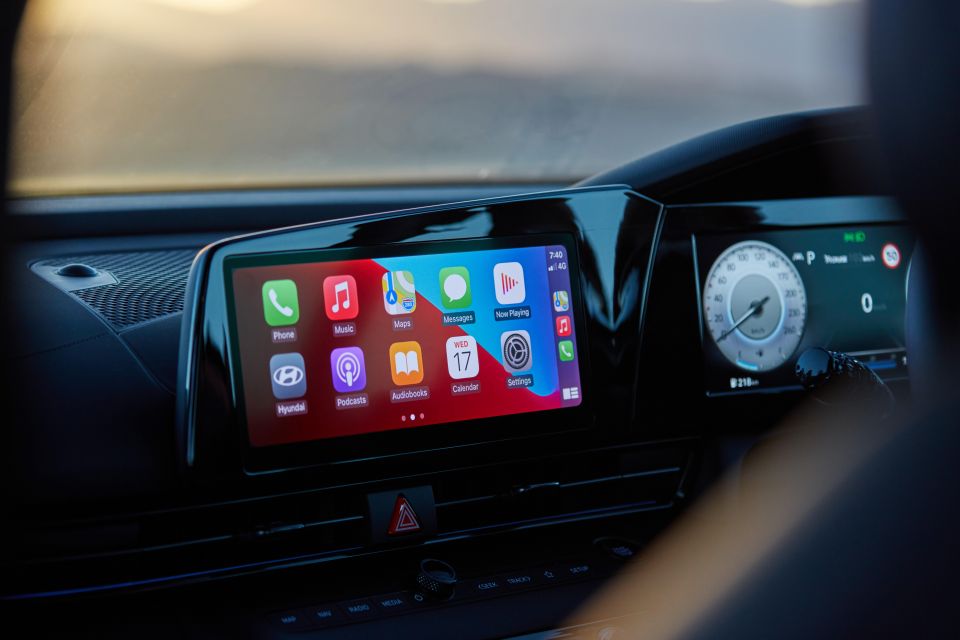
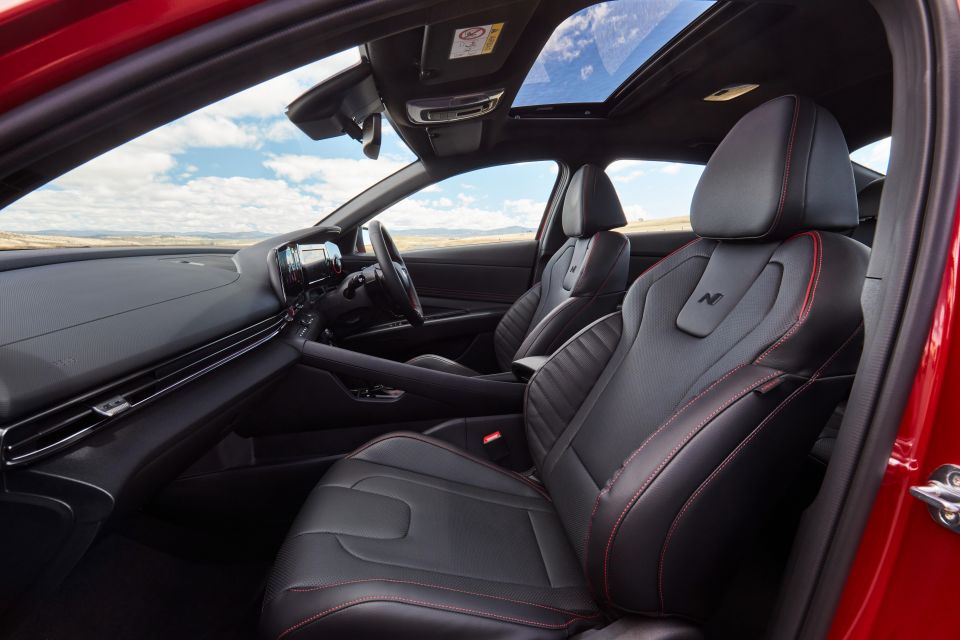

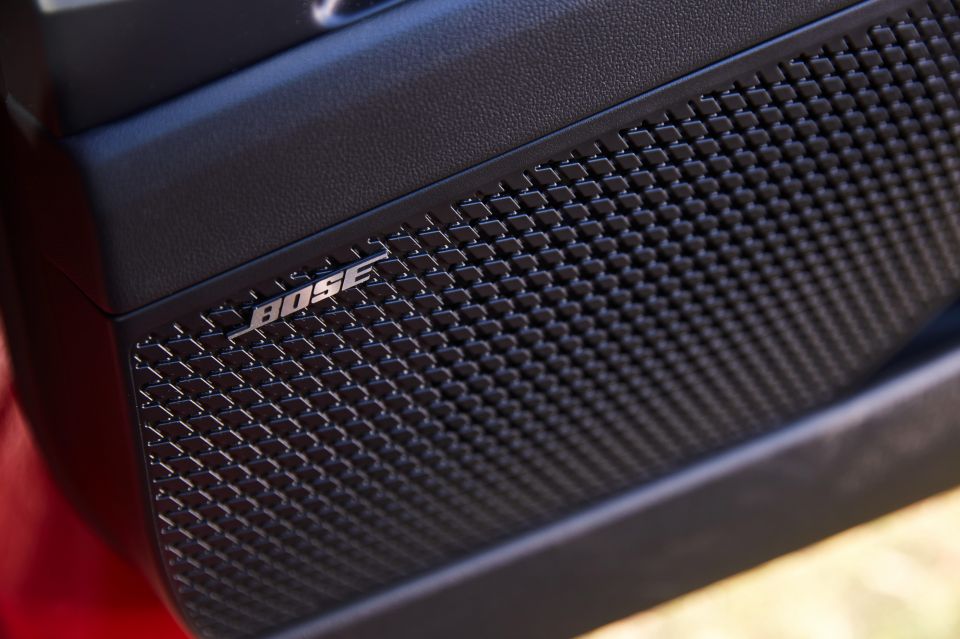
No surprise, really, given the head of Hyundai’s global engineering efforts, Albert Biermann ran the M division for 30 years and N cars are his true passion.
Nothing spruces a cockpit up better than a couple of big screens and the N Line Premium ticks that box, with a pair of 10.25-inch displays with excellent clarity and configurability, especially for the digital instrument cluster. It’s not quite at the level of Mercedes-Benz’s latest MBUX system, but it isn’t far off either.
I particularly like Hyundai’s infotainment interface – it’s one of the easiest and most intuitive I’ve used in a while, which is a massive plus.
You can cycle through the various drive modes via free-standing button oddly positioned on the dash to the right of the steering wheel, rather than buried in the centre console somewhere. If you’re like me, you’ll get used it in a heartbeat.
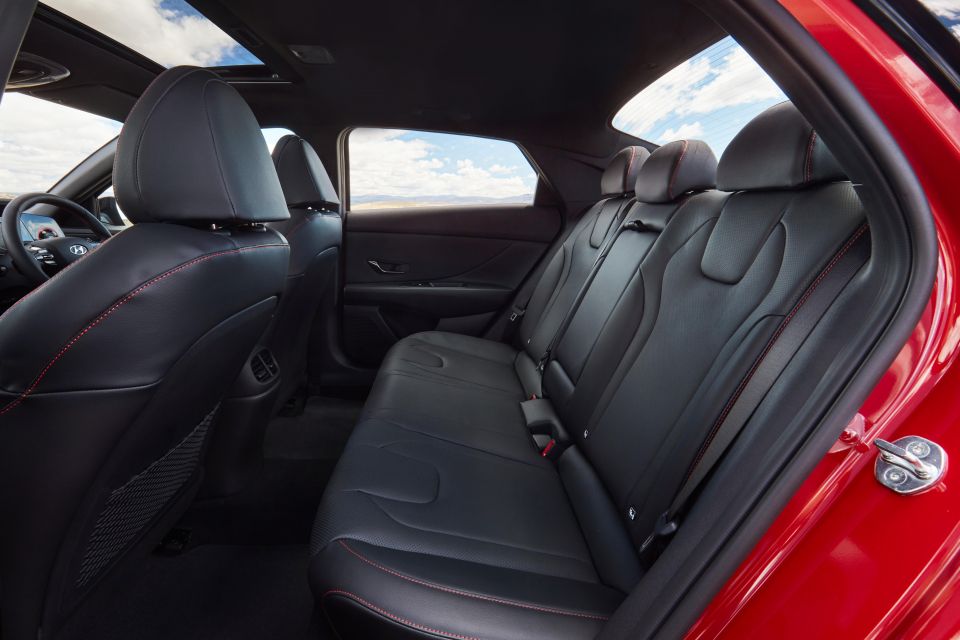
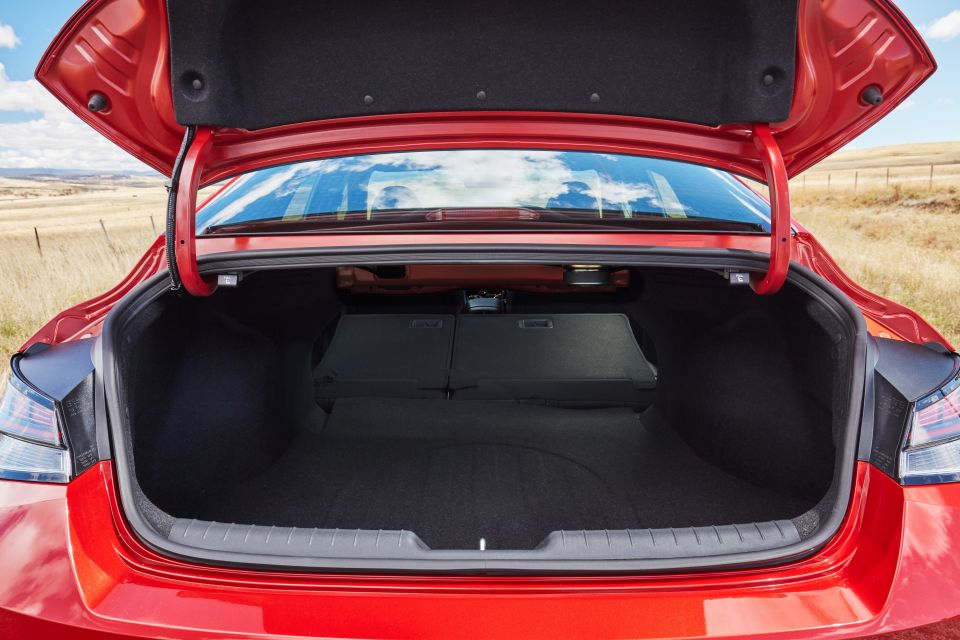
While most of the surfaces are soft touch and there’s plenty of contrast stitching throughout, it’s still a bit grey for my liking with metal accents few and far between, bar the steering wheel, doorhandles, and alloy pedals.
There are plenty of storage places up front as well as a couple of USB-A ports (apparently favoured over USB-C), though not a single one for rear-seat passengers. There are rear air vents and the same kind of soft leather seats back there.
In terms of passenger space there’s plenty of rear legroom, but good luck trying to nudge the toe of your shoes under the seat in front. Not a chance, and that’s if you’re wearing low-profile loafers.
One of the pluses to owning a sedan over a hatch is boot space. In the i30 N Line’s case there’s 474 litres, or 20 per cent more than i30 Hatch. It’s more than the Volvo XC40 (460L) packs, one of the most practical small SUVs you can buy.
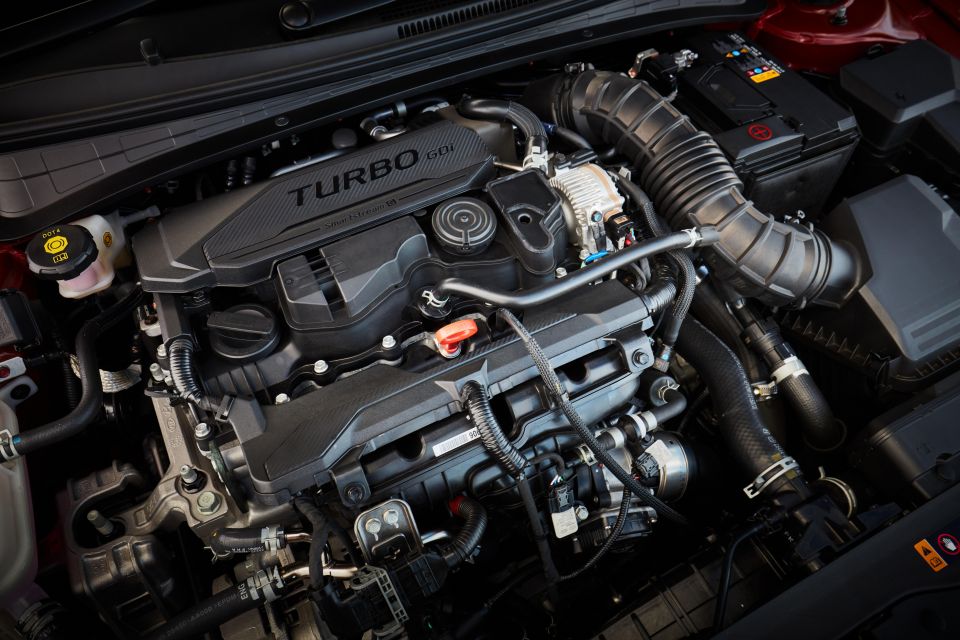
Rather than the naturally-aspirated 2.0-litre petrol engine making a paltry 117kW and 191Nm employed across the rest of the sedan line-up, the N Line packs a bigger wallop from its 1.6-litre turbo making 150kW of power at 6000rpm and 265Nm between 1500rpm and 4500rpm of torque.
It’s paired with Hyundai’s in-house, seven-speed dual-clutch auto (or six-speed manual for the entry N Line) driving the front wheels exclusively.
There’s also paddle-shifters for sequential manual shifting.
The manual N Line uses a claimed 7.5L/100km on the combined cycle, while the DCT drops that to 6.8L/100km.
There’s a 47L fuel tank, and the N Line models can run on regular 91RON unleaded.
Over three hours from Sydney to Bathurst we achieved no less than 8.0L/100km with luggage for one on board and plenty of spirited driving.
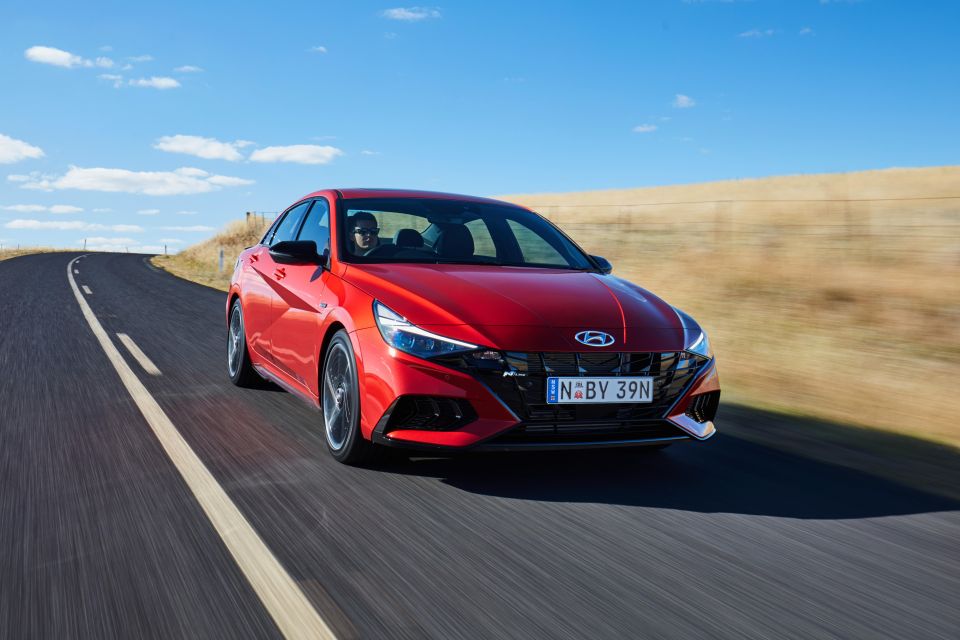
Right off the bat, you’ll like the rorty start-up note and subsequent idle. There’s no confusing the N Line with the regular i30 Sedan. It’s even better when heard from outside the cabin.
There’s a bit of lag if you punch it off the line, but the 1.6 turbo pulls hard thereafter, especially in the mid-range.
Overall, throttle response is refreshingly sharp allowing for power to be metered out in a linear fashion. I tended to use the paddles on the really twisty stuff purely out of habit, but it’s equally capable left to its own devices in Sport – complete with well-timed throttle blipping on downshifts.

Gun it from a standing start and you’ll hit 100km/h in 7.6 seconds, but I’d suggest it feels more eager than the numbers would have you believe. It’s quite surprising how much pull there is in the mid-range.
Hyundai claims steering feel has been improved through the repositioning of the steering gearbox, but while I find the weighting (in Sport) suitably sporty, it’s not as sharp or pointed as I’d like.
Not slow, mind, just a bit doughy and not as quick as I’d hoped for.
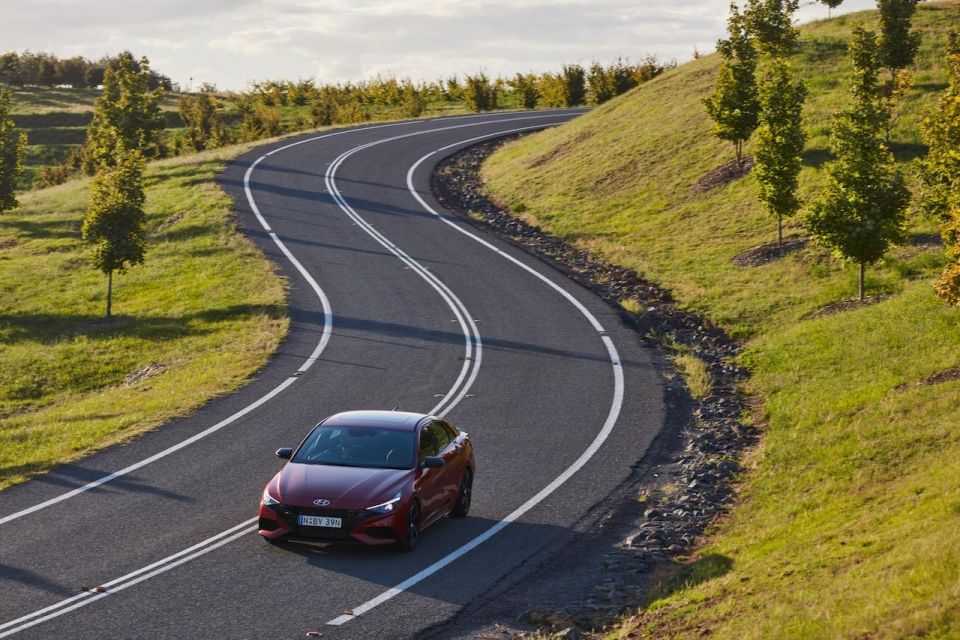
Same goes for the brakes. They’re 25mm bigger than those of the Elite and Active but you need to stand on them if you’re carrying some pace due to the lack of initial bite at the top of the pedal, which I found a little disconcerting at times.
There’s a stack of grip from the Goodyear Eagle tyres, though, and traction is excellent out of corners under lateral load. The chassis is well balanced and nicely composed when leaned on.
Extensive local tuning has given i30 Sedan N Line enviable ride comfort over all manner of bumps and busted road surfaces. We sought out the very worst of B-roads in regional NSW and the N Line lapped it all up.
There’s no mid-corner tramlining or unsettling of the chassis. Bumps don’t faze this car and yet the multi-link rear suspension provides sure-footed handling.
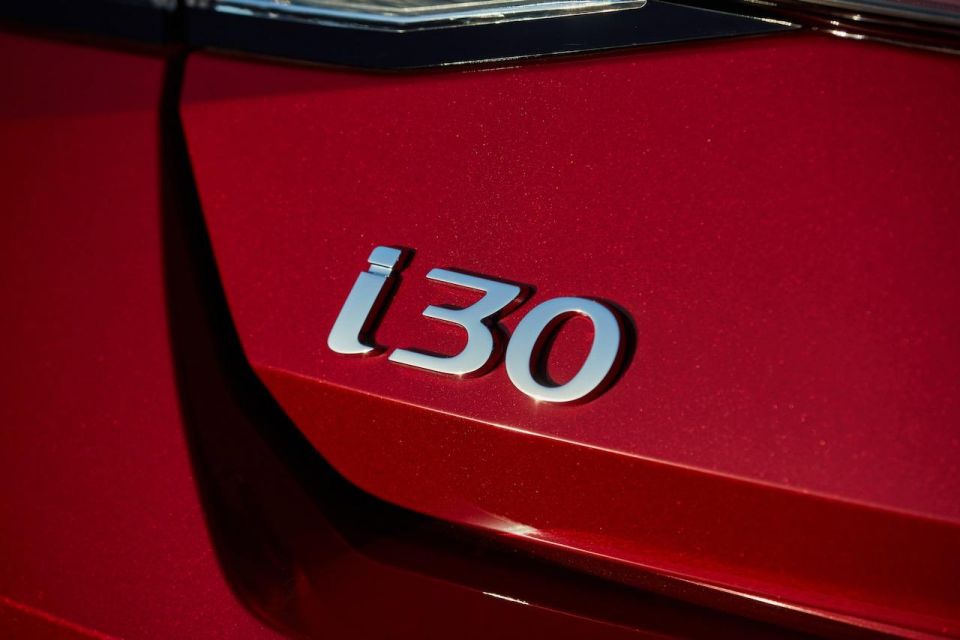
Like all Hyundai passenger cars, the i30 N Line is covered by a five-year, unlimited-kilometre warranty and five years of capped-price servicing.
N Line versions require servicing every 12 months or 10,000km, whichever comes first.
Prices are capped at $299 per service across all five years.

CarExpert helps new car buyers save thousands with expert reviews, honest advice, and transparent pricing – no dealer pressure and no sales games.
For anyone looking to inject a bit of excitement into their daily drive without breaking the bank Hyundai’s i30 Sedan N Line is pretty much the sweet spot, provided you can get over its razor-edged design.
Not only does it tick all the boxes for almost any particular lifestyle, with solid performance and handling, excellent ride compliance and as much tech and space as anything in the class, it’s also reasonably priced.
Don’t think of this as a small car because it offers far too much space to be categorised as such.
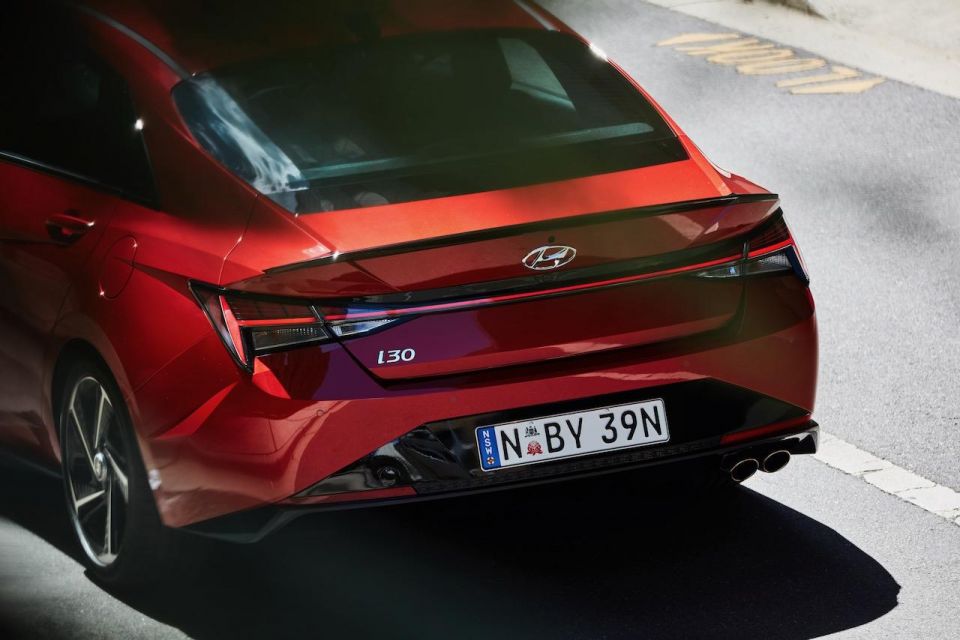
Click the images for the full gallery
CarExpert helps new car buyers save thousands with expert reviews, honest advice, and transparent pricing – no dealer pressure and no sales games.


Josh Nevett
23 Days Ago


Josh Nevett
22 Days Ago


William Stopford
18 Days Ago


James Wong
17 Days Ago


Matt Campbell
15 Days Ago
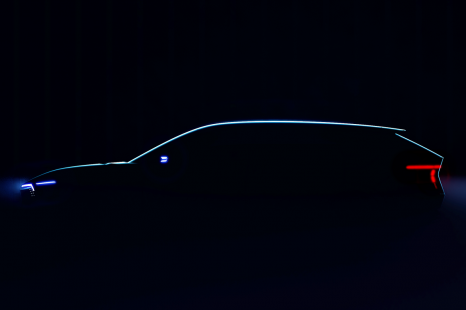

Damion Smy
9 Days Ago